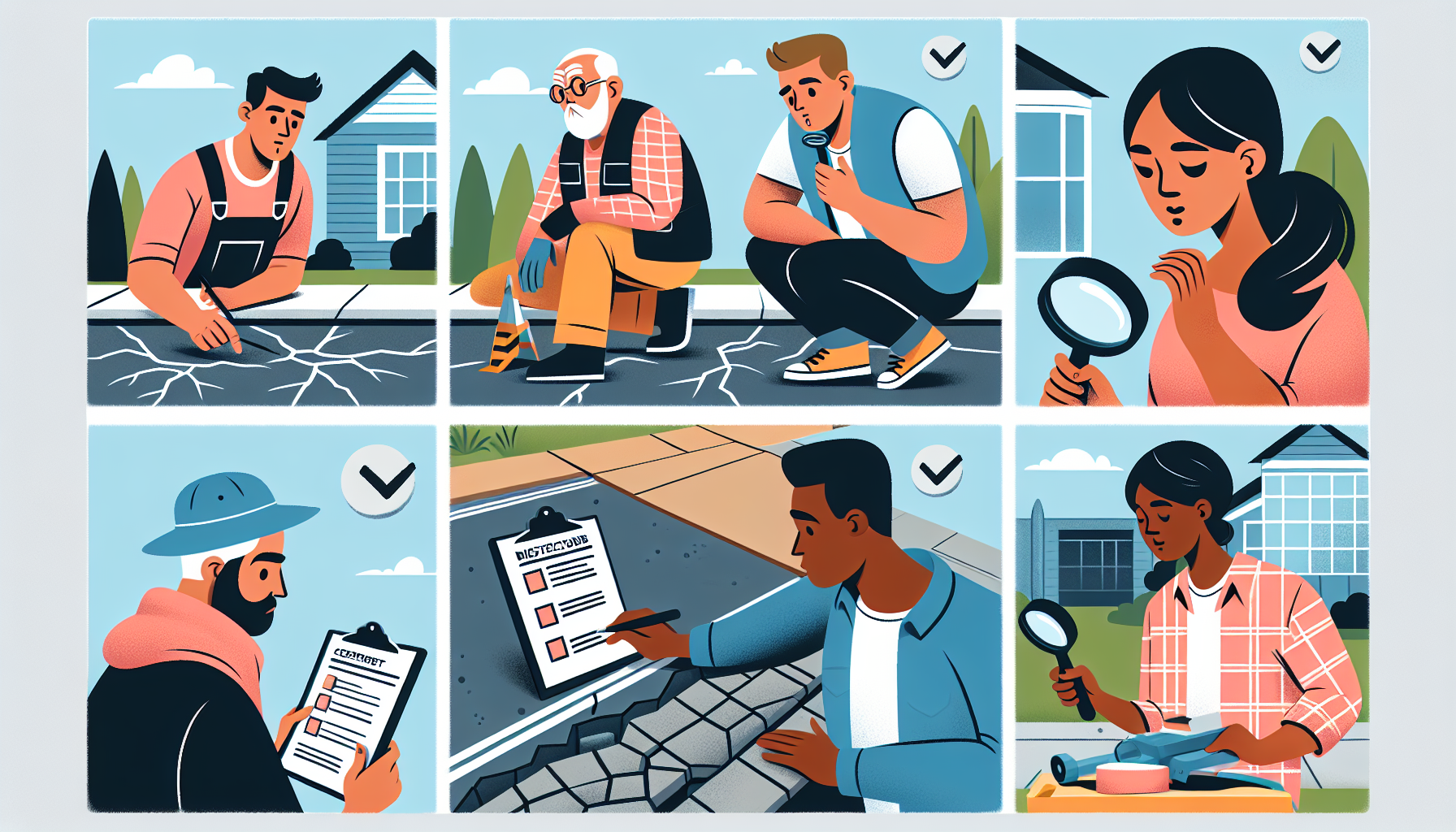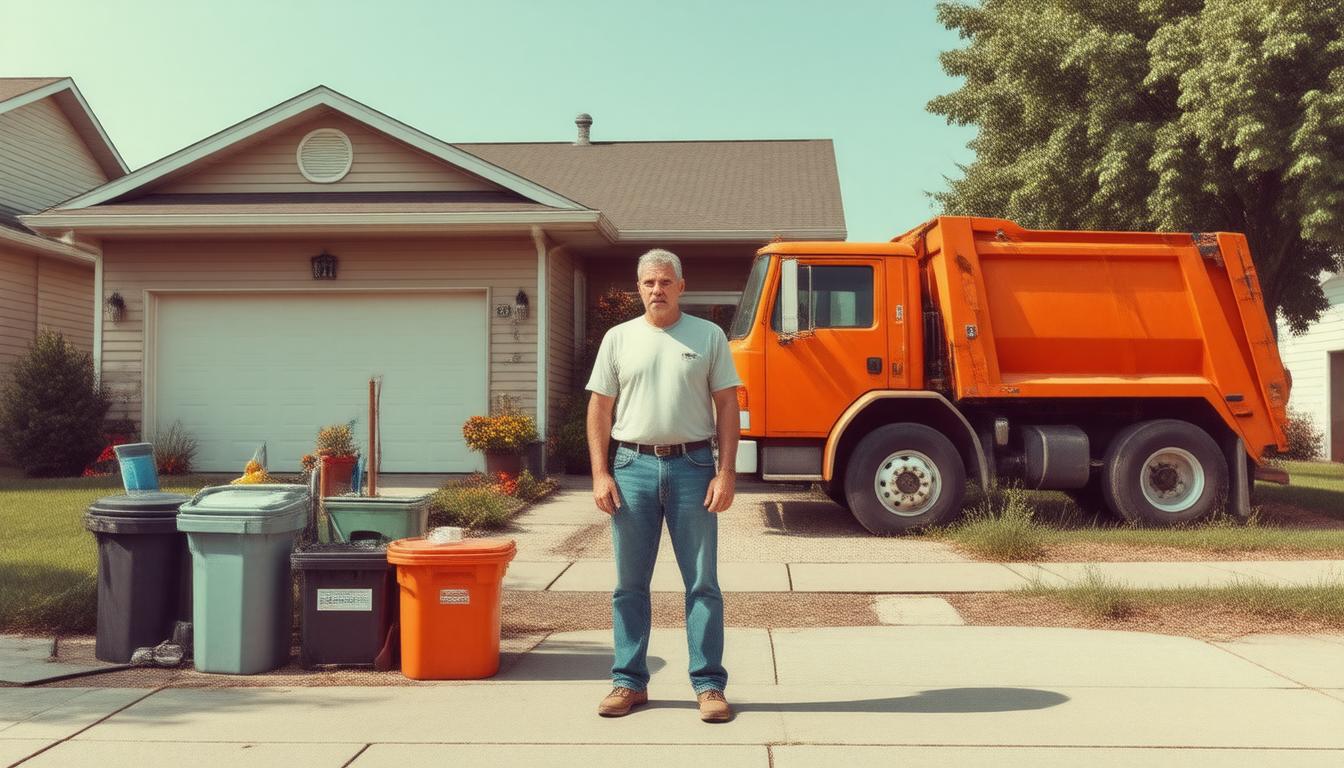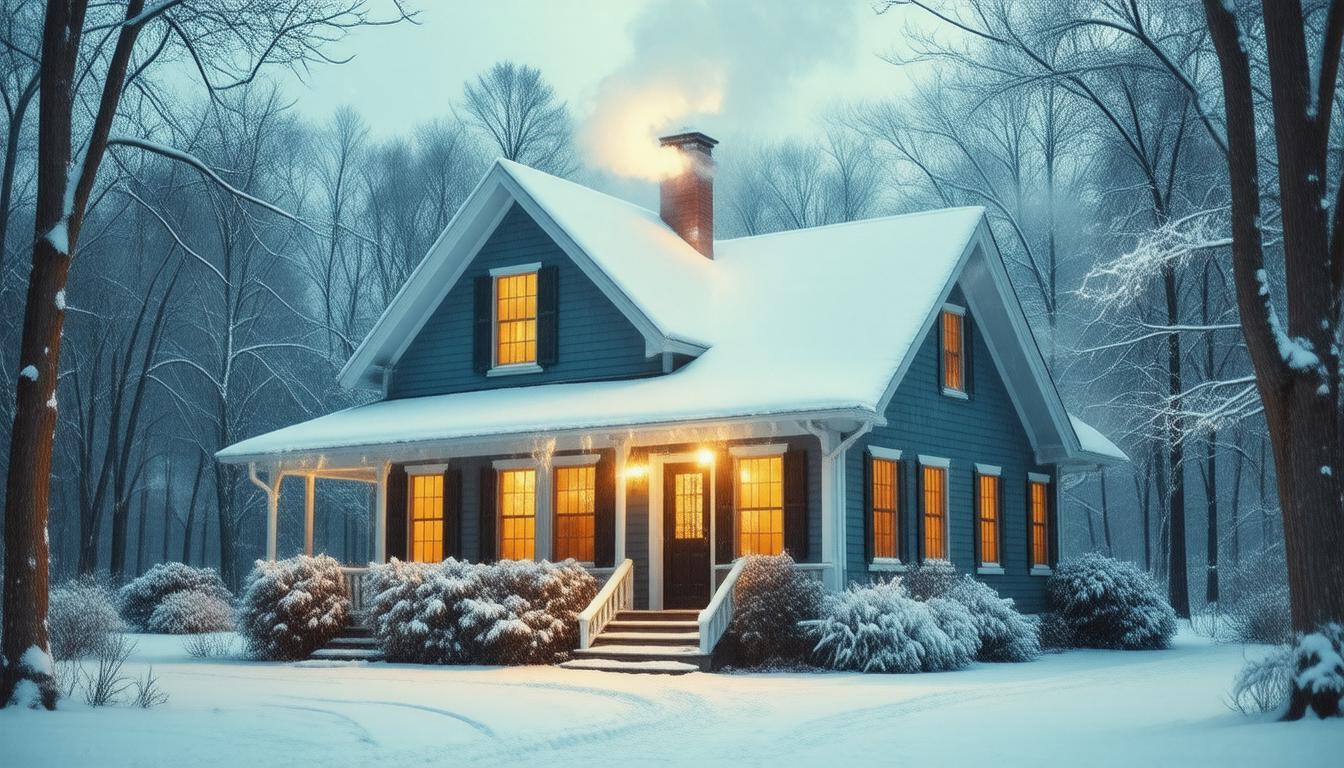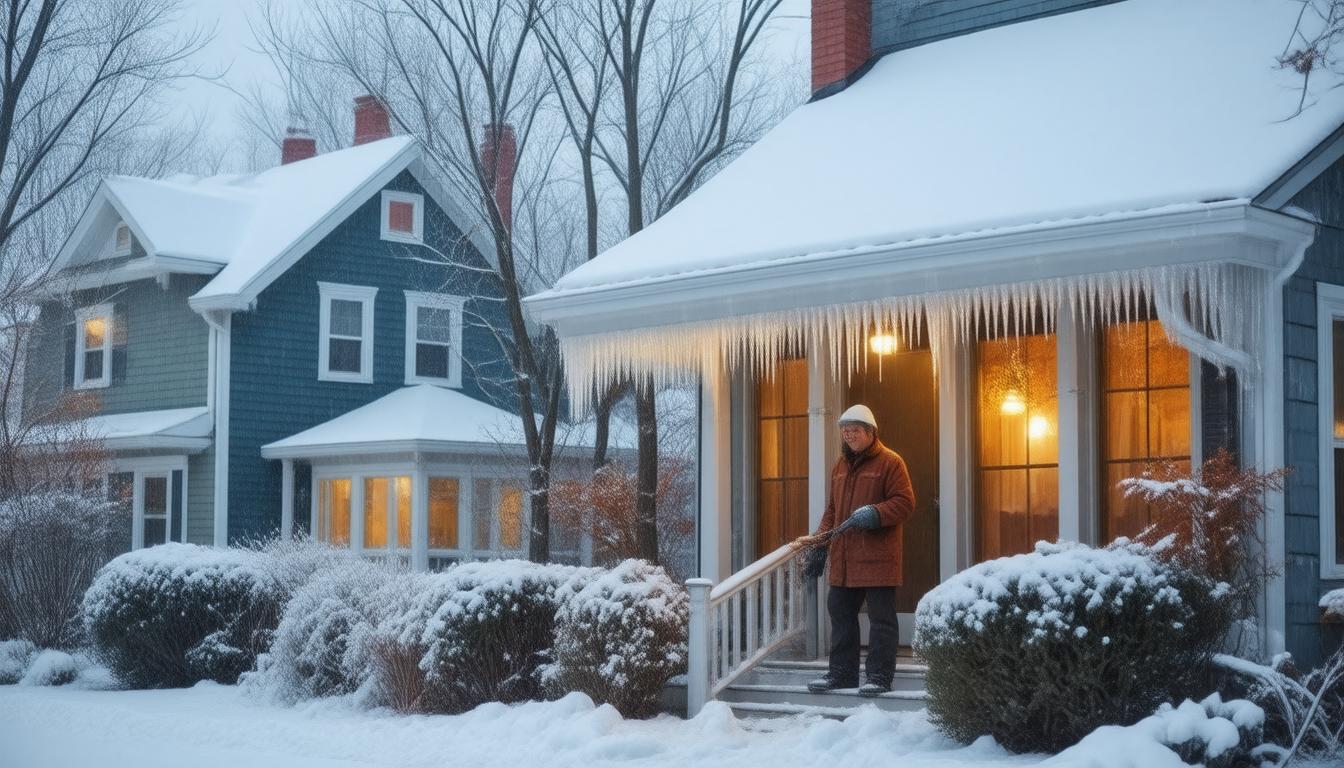
Introduction to Driveway and Walkway Inspection
Maintaining your home’s exterior is just as important as the interior. Your driveway and walkway are the first things that guests encounter when they come to visit. These surfaces are constantly exposed to the elements, heavy loads, and natural ground movements, which can cause cracks and settling over time. Regular inspection of these areas is crucial to detect early signs of damage and to avoid costly repairs later on.
Understanding the Signs of Damage
Cracks and settling can be indicative of underlying problems that need immediate attention. Hairline cracks might seem insignificant, but they can quickly expand and become serious issues. Settling occurs when the soil beneath the driveway or walkway compacts, shifts, or washes away, leading to uneven surfaces and potential tripping hazards. Identifying these problems early can prevent further damage and maintain the safety and curb appeal of your property.
How to Inspect for Cracks
To properly inspect for cracks, follow these steps:
[LIST]
[*]Clean the Surface: Remove any debris, dirt, or weeds that might obscure your view of the driveway or walkway surface.
[*]Conduct a Visual Inspection: Look for visible cracks, paying attention to their width, length, and depth. Smaller cracks might just need sealing, while larger ones could indicate serious issues.
[*]Check for Unevenness: Use a level to see if the surface is flat. Uneven sections are often a sign of a crack nearby.
[*]Perform a Sound Test: Tap the surface with a solid object. Hollow sounds can suggest voids underneath due to settling.
[*]Inspect Edges: The edges of your driveway or walkway are prone to chipping and cracking, so make sure to check these areas thoroughly.
[/LIST]
Detecting Settling Issues
Settling can be a bit trickier to spot, but here are some indicators:
[LIST]
[*]Look for Depressions: Sunken areas, especially where water can accumulate, likely mean settling is occurring.
[*]Note Slope Changes: Any changes from the original slope are worrisome, especially if they direct water towards your home’s foundation.
[*]Inspect Nearby Structures: If there’s cracking or misalignment in nearby steps, walls, or foundations, it could be due to driveway or walkway settling.
[*]Watch for Drainage Issues: Poor drainage can cause soil erosion, which exacerbates settling.
[/LIST]
Why Timely Repairs Are Essential
Addressing cracks and settling promptly is not just about aesthetics. Here’s why it’s essential:
[LIST]
[*]Safety: Trips and falls are risks with damaged driveways and walkways.
[*]Home Value: A well-maintained exterior adds value to your property.
[*]Cost Savings: Early repairs can prevent more extensive and expensive damage.
[*]Prevention: Sealing cracks and fixing settling can prevent water infiltration that would otherwise cause more severe problems.
[/LIST]
Professional Help vs. DIY
For minor cracks and small areas of settling, you might consider a DIY approach. There are sealants and patching materials available at hardware stores for simple fixes. However, for more extensive damage, or to ensure a longer-lasting repair, it’s advisable to call in professionals. They can assess the extent of the issues and can offer solutions that are both durable and aesthetically pleasing.
Preventative Measures for Longevity
To prolong the life of your driveway and walkway, consider these preventative measures:
[LIST]
[*]Regular Cleaning: Keep the surfaces free of debris and chemicals that can wear down sealants and cause cracks.
[*]Sealant Application: Use sealants every few years to protect against the elements and prevent water damage.
[*]Proper Drainage: Ensure that water is being directed away from your walkway and driveway to prevent erosion and settling.
[*]Load Management: Be mindful of heavy loads on your driveway to prevent surface damage and pressure on the underlying soil.
[/LIST]
Conclusion: Keep a Watchful Eye on Your Walkway and Driveway
By regularly inspecting and maintaining your driveway and walkway, you’ll be able to spot the early signs of cracks and settling, allowing for timely repairs. Taking these proactive steps not only preserves the safety and beauty of your home but also protects your investment in the long run. Stay vigilant and remember that addressing issues promptly will save you time, money, and hassle.







